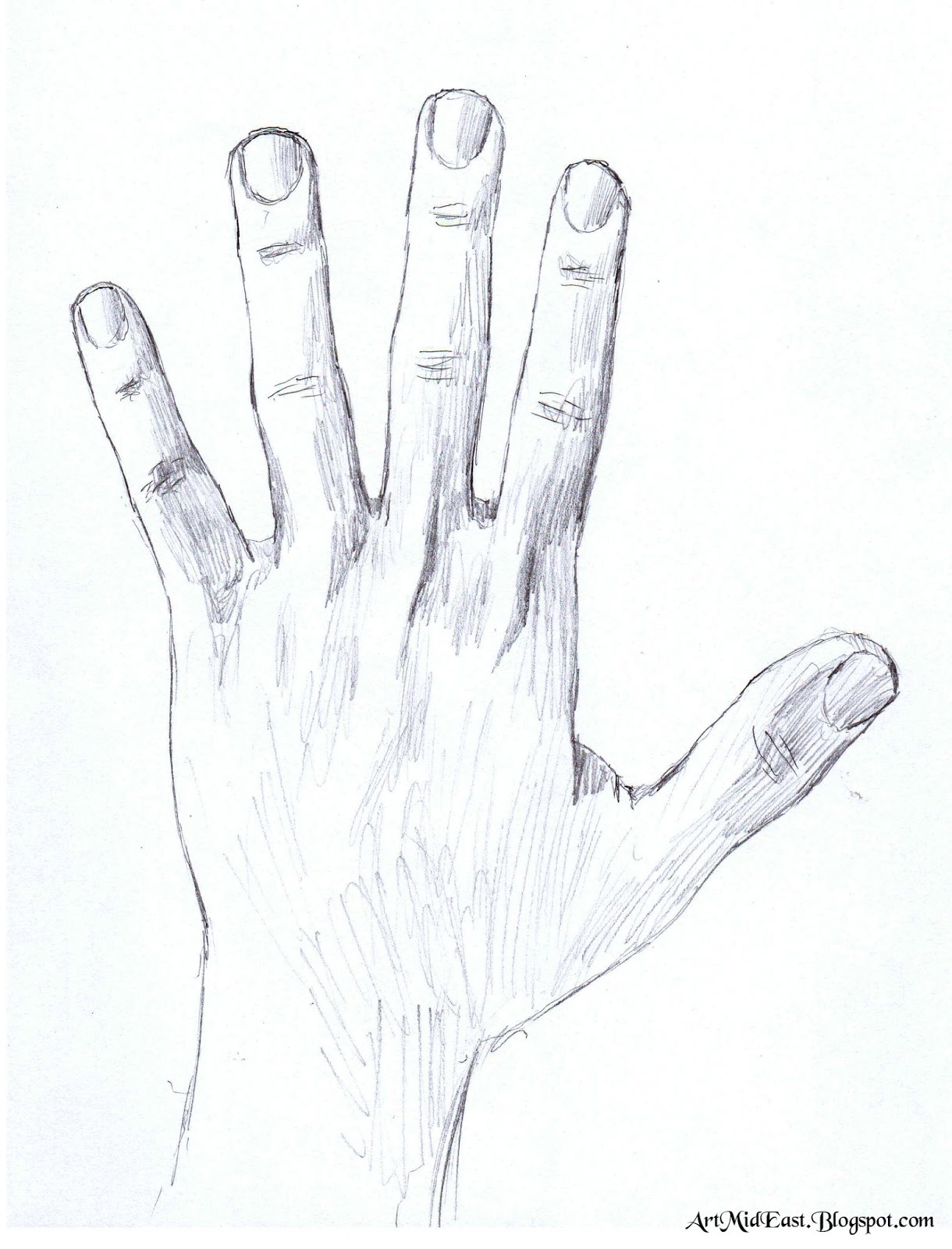Hand Drawing: The Timeless Art Of Creativity And Expression
Hand drawing is a captivating art form that has stood the test of time, allowing individuals to express their innermost thoughts and creativity through simple strokes of a pencil or brush. As we delve into the world of hand drawing, we will explore its history, techniques, benefits, and why it remains an essential skill in today’s digital age. Whether you are a seasoned artist or a beginner, understanding the nuances of hand drawing can enhance your artistic journey.
In this comprehensive guide, we will cover various aspects of hand drawing, including its significance in art and design, the tools and materials required, and tips to improve your skills. We will also look at how hand drawing can be integrated into modern technology, such as digital art, without losing its intrinsic value. This article aims to provide valuable insights for anyone interested in exploring the art of hand drawing.
So, if you are ready to embark on a creative journey, let’s dive into the fascinating world of hand drawing and discover the endless possibilities it offers!
Table of Contents
- 1. The History of Hand Drawing
- 2. The Importance of Hand Drawing in Art and Design
- 3. Essential Tools and Materials for Hand Drawing
- 4. Techniques for Mastering Hand Drawing
- 5. Benefits of Hand Drawing
- 6. Integrating Hand Drawing with Digital Art
- 7. Tips to Improve Your Hand Drawing Skills
- 8. Conclusion
1. The History of Hand Drawing
Hand drawing has a rich history that dates back to prehistoric times. Early humans used rudimentary tools to create cave paintings, which were among the first forms of visual communication. Over the centuries, hand drawing evolved through various artistic movements, from the Renaissance to modern art.
In ancient civilizations, hand drawing was not only a means of artistic expression but also a way to document history and culture. Artists like Leonardo da Vinci and Michelangelo mastered the art of drawing, producing intricate sketches that served as the foundation for their renowned masterpieces.
1.1 Evolution of Techniques
As artistic styles changed, so did the techniques used in hand drawing. The invention of new materials, such as graphite pencils and charcoal, allowed artists to explore different textures and effects. Today, hand drawing encompasses a wide range of styles, from realism to abstract, making it a versatile medium.
2. The Importance of Hand Drawing in Art and Design
Hand drawing is essential in various fields, including fine arts, graphic design, architecture, and illustration. It serves as a fundamental skill that enhances creativity and problem-solving abilities.
Many artists use hand drawing as a preliminary step in their creative process, helping them visualize their ideas before moving on to more complex mediums. Furthermore, hand drawing fosters imagination and encourages a deeper connection with the artwork.
3. Essential Tools and Materials for Hand Drawing
To get started with hand drawing, it’s important to have the right tools and materials. Here are some essentials:
- Pencils (graphite, colored, or mechanical)
- Sketchbooks or drawing paper
- Erasers (kneaded and regular)
- Inking pens and markers
- Charcoal and pastels
- Blending stumps and tortillons
3.1 Choosing the Right Paper
The type of paper you use can significantly impact your drawing experience. Smooth paper is ideal for detailed work, while textured paper is better for expressive styles. Experimenting with different paper types can help you find the one that suits your style best.
4. Techniques for Mastering Hand Drawing
Mastering hand drawing requires practice and patience. Here are some techniques to help you improve:
- Observation: Study real-life objects and scenes to understand proportions and perspectives.
- Gesture Drawing: Capture the essence of a subject with quick, expressive sketches.
- Shading Techniques: Learn various shading methods, such as hatching, cross-hatching, and stippling, to create depth.
- Proportions and Anatomy: Understand the basic proportions of the human figure and other subjects to enhance your drawings.
5. Benefits of Hand Drawing
Hand drawing offers numerous benefits, both mentally and physically. Some of these include:
- Enhances creativity and self-expression
- Improves focus and concentration
- Serves as a form of relaxation and stress relief
- Develops fine motor skills and hand-eye coordination
6. Integrating Hand Drawing with Digital Art
With the rise of technology, many artists are blending hand drawing with digital art. This integration allows for greater flexibility and experimentation in the creative process.
Digital tools, such as graphic tablets and software, can complement traditional hand drawing techniques. Artists can start with hand-drawn sketches and then digitize them for further editing, coloring, and enhancement.
7. Tips to Improve Your Hand Drawing Skills
Here are some practical tips to help you enhance your hand drawing skills:
- Practice regularly to build muscle memory.
- Study the work of other artists for inspiration.
- Keep a sketchbook to document your progress.
- Seek feedback from peers or join art communities.
8. Conclusion
In conclusion, hand drawing is a timeless art form that continues to inspire creativity and expression. By understanding its history, importance, and techniques, you can develop your skills and deepen your appreciation for this art form.
Whether you are looking to pursue a career in art or simply enjoy drawing as a hobby, embracing hand drawing can lead to a fulfilling and enriching experience. Don’t hesitate to share your thoughts in the comments below or explore more articles on our site to enhance your artistic journey!
We hope you found this guide on hand drawing informative and inspiring. Keep practicing, and let your creativity flow!
The Ultimate Guide To "OI": Understanding Its Significance And Applications
Understanding CareFirst: Your Comprehensive Guide To Health Insurance
Discover The Ultimate Beach House Experience: Your Guide To Coastal Living

